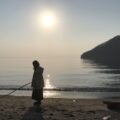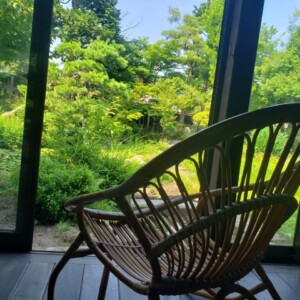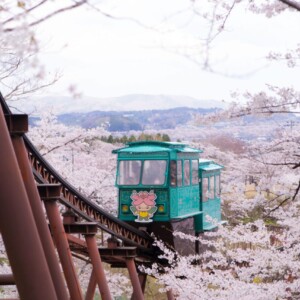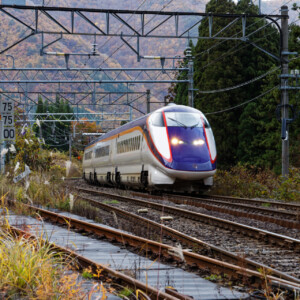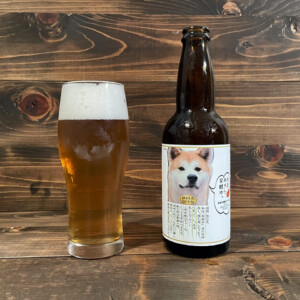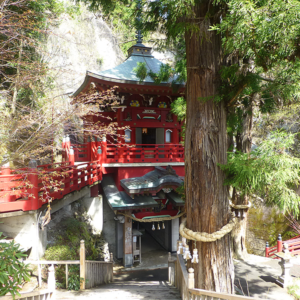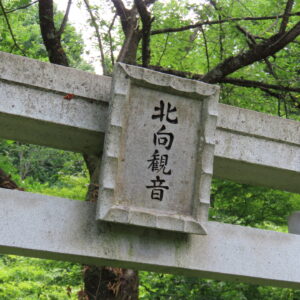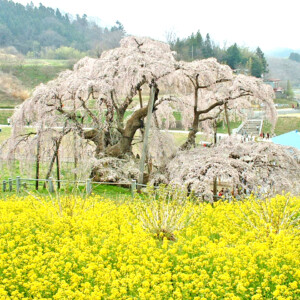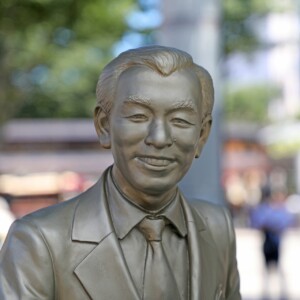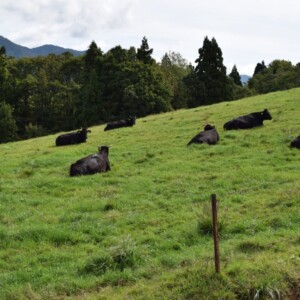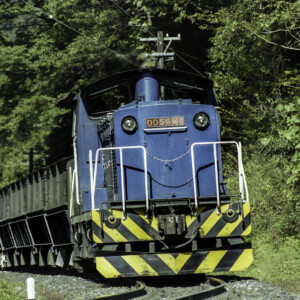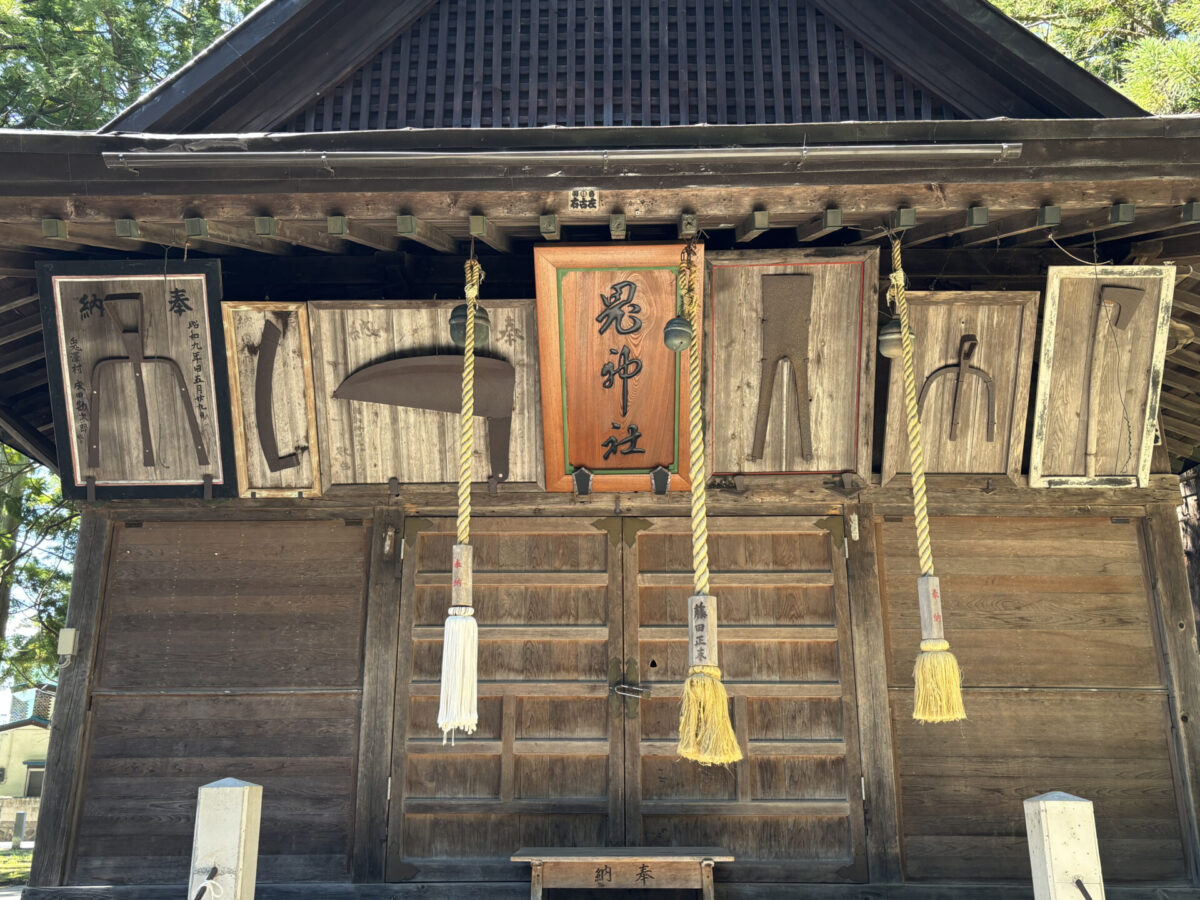
Introducing Oni Shrine in Hirosaki, Aomori! What is the legend of the "hornless demon" that is passed down in Onizawa?
table of contents
- 1 What is Oni Shrine in Hirosaki City, Aomori Prefecture?
- 2 What is the legend of the hornless demon that is passed down at Oni Shrine?
- 3 There are many shrines in Hirosaki that worship demons!
- 4 Is it true that there is evidence that demons existed in Onizawa?
- 5 Mysterious customs passed down in Onizawa
- 6 summary
Oni Shrine located in Onisawa, Hirosaki City, Aomori Prefecture, is a rare shrine in Japan that enshrines a hornless demon. When we think of demons, we tend to imagine frightening beings, but this shrine tells the story of a "kind demon" who saved the village. In Onisawa, there are places that support this legend, as well as unique customs that remain from living alongside demons. In this article, we will introduce Oni Shrine as well as the demon legends and culture that have been passed down in the region.
What is Oni Shrine in Hirosaki City, Aomori Prefecture?
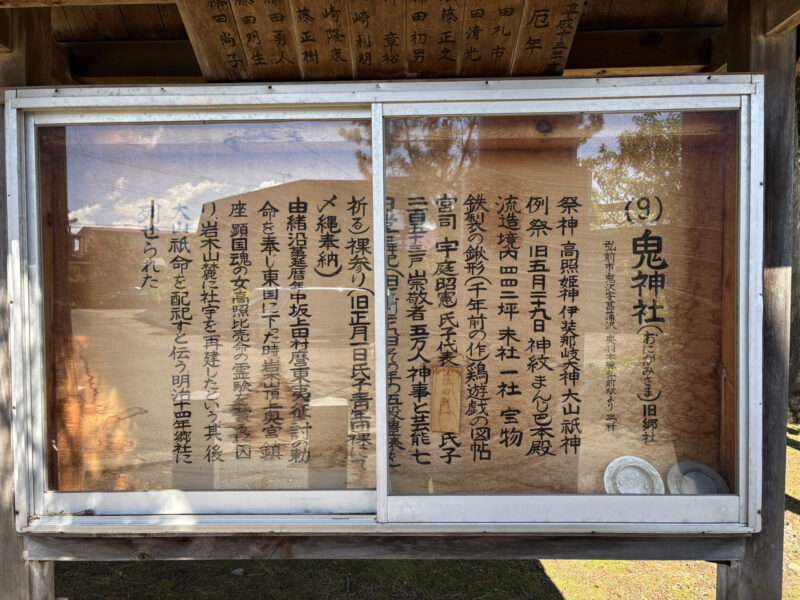
Oni Shrine (locally known as Onigamisama is located at the eastern end of Shobudazawa in the Onizawa district of Hirosaki City . The character for "oni" (demon) on the shrine's plaque does not have the "no" character, which represents horns. This is a sign of respect for the " kind demon without horns ." Locals do not throw beans on Setsubun, or they have the custom of chanting "Good fortune in, demons in," and demons are not seen as scary creatures but as gods that protect the village.
What is the legend of the hornless demon that is passed down at Oni Shrine?
In Onisawa, where Oni Shrine is located, the legend of a kind-hearted demon has been passed down. This demon is the origin of the Oni Shrine, but what kind of demon was it?
The legend of the kind-hearted demon god of the Onizawa area
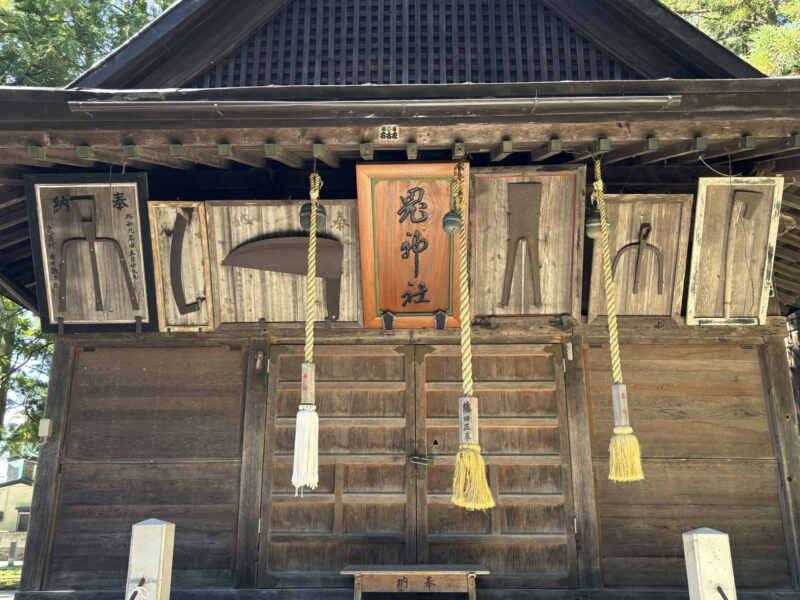
Long ago, there was a farmer named Yajuro in Onisawa. He met an oni at Akakura on Mt. Iwaki, and they became close friends after wrestling.
One year, a drought dried up the rice fields, leaving the villagers in dire straits. Upon hearing Yajuro's request, the ogre simply said, "Please don't look in," and overnight he built a dam and drew water into the fields. Thanks to the ogre, the fields were irrigated, and the people were overjoyed. However, there was one person who broke his promise. That person was Yajuro's wife, who was also a friend of the ogre.
When Yajuro's wife saw the demon, it disappeared, leaving only a hoe, a straw raincoat and a hat. The hoe and straw raincoat were then enshrined, marking the beginning of Oni Shrine. The hornless demon that saved the village is still spoken of as a "kind demon."
The place name "Onizawa" comes from the legend of the demon
this place came to be called " Onizawa " is because of the legend of a hornless demon. The place where the demon built a dam and saved the village was remembered as "the valley where the demon was," and so the place name was adopted.
Is the gentle demon actually an immigrant?
There are various theories about the true identity of the demon. One theory is that it was a defeated warrior who was chased by Sakanoue no Tamuramaro and hid in the Iwaki mountains, while another is that it was a migrant who came to Japan because of its outstanding iron-making and irrigation technology. The demons of this region may not have been mere monsters, but rather revered beings who brought human wisdom and technology.
There are many shrines in Hirosaki that worship demons!
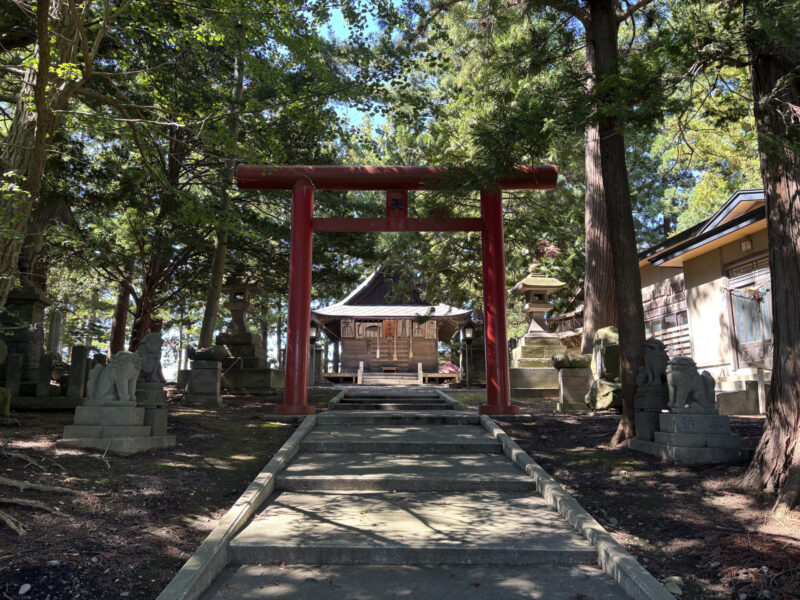
In fact, Hirosaki City has other shrines besides Oni Shrine that worship demons. One of their distinctive features is the "Torii no Oniko ." Sitting perched on top of the torii gate, it has been beloved as a guardian deity that wards off evil spirits and disasters. What's interesting is that the appearance of the Oniko is completely different at each shrine. They come in a wide variety, from red demons and blue demons, to ones with glaring faces, to ones with somewhat charming expressions.
Currently, around 40 of them have been confirmed, and some locals enjoy "oniko tours." If you visit Hirosaki, it might be fun to try and find your favorite oniko.
Is it true that there is evidence that demons existed in Onizawa?
Onizawa is home to several remnants that are more than just old tales; they are evidence of the existence of demons. Among these, the " Oni no Koshikake Kashiwa ," " Oni no Sumo Ring ," and " Onigami Weir " are the most notable. Scattered around Onizawa, they are still talked about and treasured by local people.
Demon's Seat Oak
The giant oak tree where the demon is said to have imparted wisdom to Yajuro is known as the " Onishin Koshikake Kashiwa ." It is an estimated 700-year-old tree with a trunk circumference of 3.6 meters, and is a magnificent sight designated as a prefectural natural monument. Located right next to the Oni Shrine, its appearance could be seen as "proof that demons really existed."
Demon's sumo ring
The place where the demon and Yajuro are said to have wrestled is a mysteriously round open space in the middle of a cedar forest. Moreover, for some reason, almost no grass grows there, and the locals say that "it's not like someone has groomed it." The mysterious atmosphere, as if the space is floating, makes you feel the power of the demon.
Onigami Weir (inverted weir)
The dam, which is said to have been built by an ogre overnight, is called an "inverted dam" and is designed to make it appear as if water is flowing from a lower point to a higher point. It is an irrigation system for rice paddies that makes good use of the slope, and is an artificial structure that seems to have been built intentionally by someone, rather than being formed naturally.
Mysterious customs passed down in Onizawa
In Onizawa, where such a kind-hearted demon lived, some mysterious customs still remain. From here, we will introduce some of the mysterious customs that are passed down in the Onizawa area.
Do not throw beans
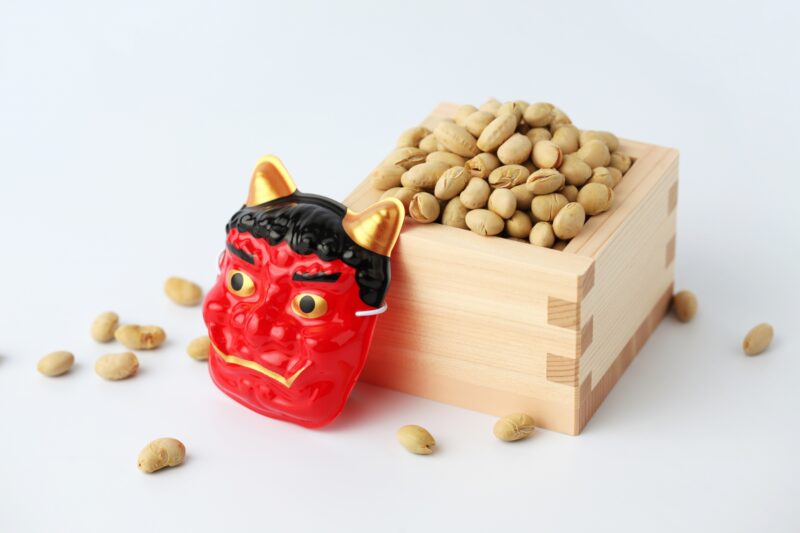
On Setsubun, it is common to throw beans chanting "Oni wa soto, fuku wa uchi" (Demons out, good fortune in), but this custom does not exist in Onizawa, where demons are worshipped. Many families have never thrown beans, and some only learned about the event from television. Even among families who have thrown beans, there are those who chant "Fuku wa uchi, oni mo uchi" (Good fortune in, demons in), which is a way of doing things that is typical of Onizawa, where demons are familiar.
Don't decorate with irises on Boys' Day
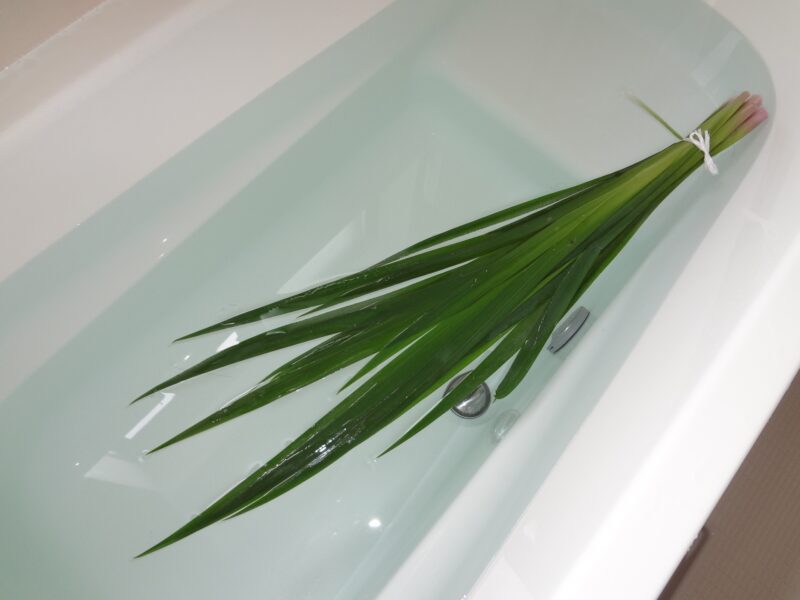
When it comes to Boys' Festival, people decorate with irises to ward off evil spirits, but this custom does not exist in Onizawa. It was originally believed that things with strong scents could ward off evil spirits, and irises with strong scents were highly valued for Boys' Festival. Irises are often decorated on roofs or put into bathwater to make a medicinal bath to ward off evil spirits, but it seems that this custom does not exist in the Onizawa area.
Garlic will be sold on the eve of the festival!
At the Yoimiya festival held every year at the end of June, garlic, which is said to be a favorite food of demons, is sold. Many people buy it as a talisman or to pray for good health, and it has become a local summer tradition. This mysterious custom, unique to a land where demons and humans live together, remains here as well.
summary
Oni Shrine in Hirosaki City was a shrine dedicated to a kind-hearted "hornless demon" who was close to the people and protected the village. Traces of the demon, such as the oak tree and the demon's sumo ring, and customs such as not throwing beans, are evidence that people respected the demon and lived alongside it. When you visit Hirosaki, why not follow in the footsteps of the "kind demon" who lives in Onisawa?


